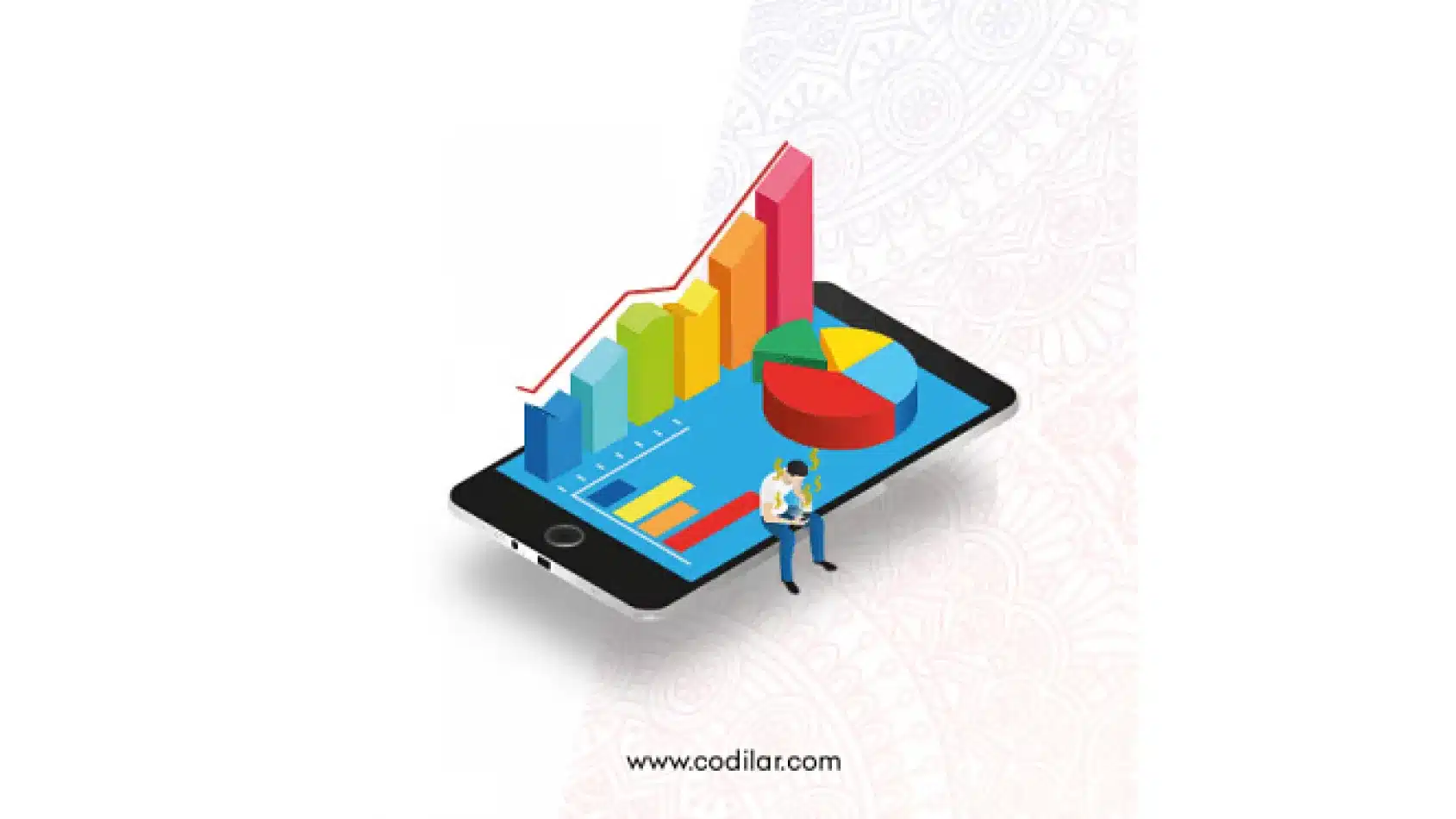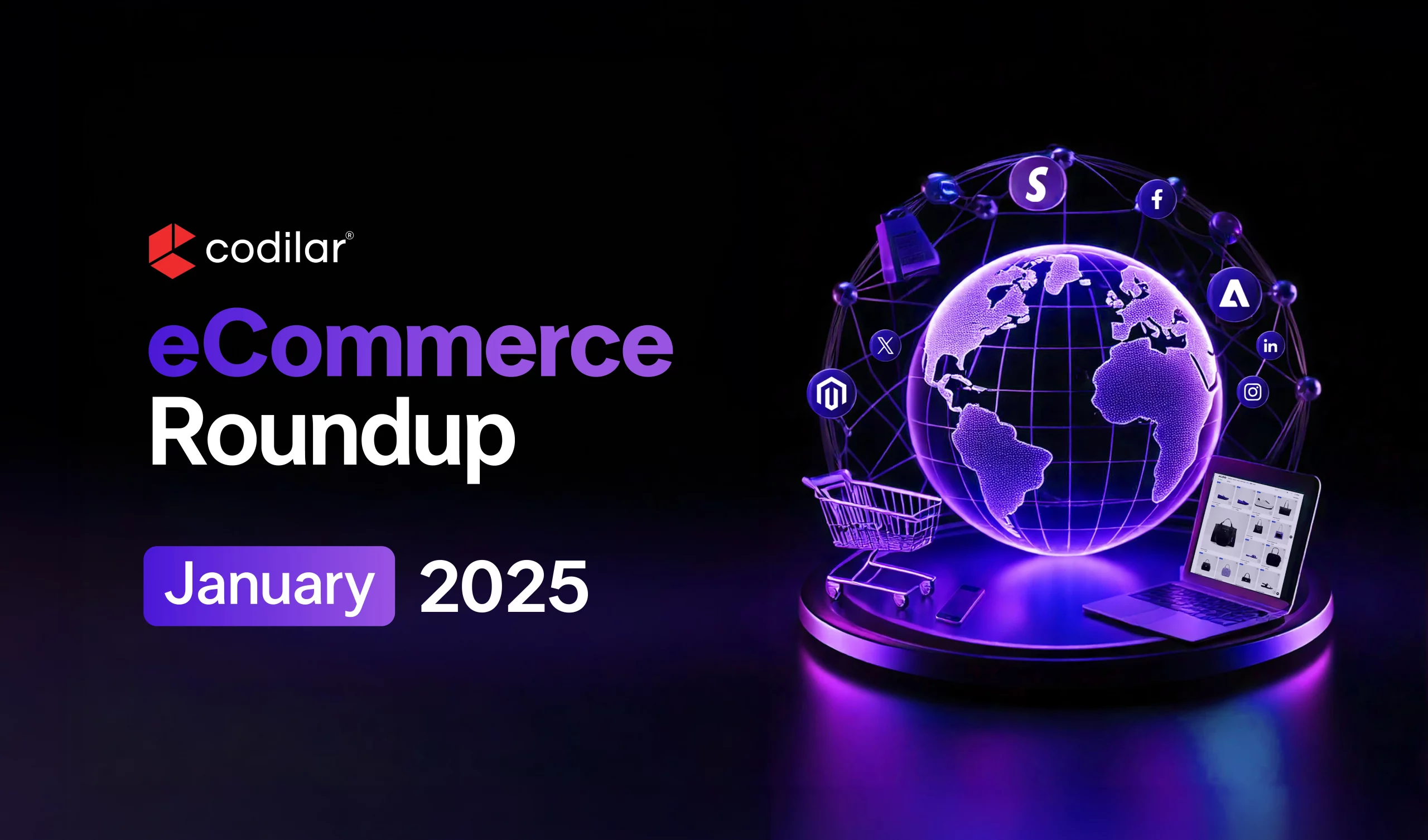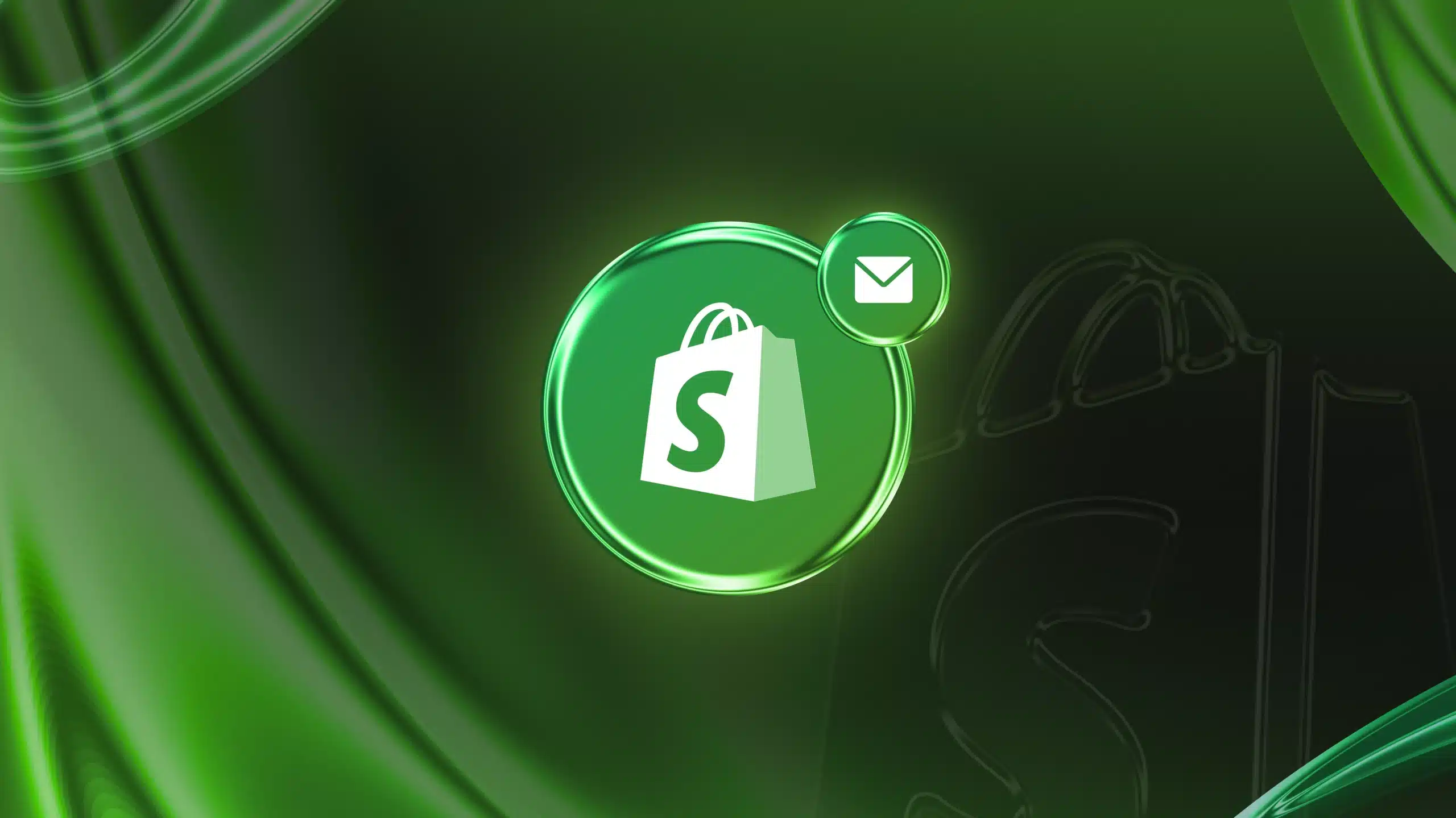India is a land of varied cultures and festivals and it has been seen over years that the majority of
Indians shop during and around festivals. This festival economy is growing rapidly and opening gates
for more and more businesses to enter the retail market, both online and offline. Below statistics
from ASSOCHAM provide an insight on buying behaviors and shopping spree of Indians during
festivals.
- During Ganesh Chaturthi an overall business of Rs. 20,000 crores are seen with a 20%
Compound annual growth rate (CAGR). The major contributors are Maharashtra and
Telangana. - Durga Puja festival is seen to generate around Rs. 40,000 crore businesses with a CAGR of
35%, major sales coming from West Bengal. During the 9 day festival of Durga Puja, the F&B
sector generates Rs. 50-60 crore businesses alone. - During Diwali festival, the major share of sales is portioned by electronic appliances and
equipment, automobiles and apparel. 52% of apparel product sales take place during Diwali
season itself and rest 48% spread over the whole year.
Further ahead in this discussion, the insights are drawn on the offline and online share of the festival
economy. While the sales graph has a peak at almost all major festivals in India, it is mostly offline
sales, except the months of October to December, which is majorly the Diwali sale period. As we
have already discussed, the major products sold during Diwali are electronics, apparels, and
automobiles and except the latter, all products are increasingly being bought online.
With internet access made available in tier II and tier III cities as well, the share of online sales has
gone up! An increasing customer base and an expanding product portfolio help e-commerce
companies to cater to different demographic groups. The discounts and promotions that are run
during Diwali sale are breaking sales records each year and are believed to do the same in coming
years as well.
To build an intelligent festive sale strategy
E-commerce companies, all big and small, plan their growth around these festive sales. This is the
time when the magic of data comes into play.
Data and Analytics:
Using business intelligence tools, analytics could be run on the data collected over the year, to draw useful insights on buying habits of customers, and provide them ‘what they want’ and ‘how they want it’. The same data can also be processed to identify the opportunities, loopholes, and pitfalls in your festive sale strategy.
Customer-centric approach:
Exemplary level of Customer Service is the key to e-commerce success. In an intangible environment, where the customer cannot physically be in touch with the seller, a good customer service approach builds trust and comfort while buying online. Chatbots are revolutionizing the call center approach and are providing better and real-time experience. They are providing customized and personalized experience tailored according to customer preferences and buying patterns. The social media presence of these players is also capable of customer engagement as a medium for customers to reach out to
these businesses for queries, complaints, reviews etc.
The personalized touch:
Providing a detailed personalized experience makes a customer feel important to the business and in turn garners attention and loyalty. Personalized e-mails prove to have 10 times higher click-through rates as compared to mass e-mails. One can intelligently use Facebook or Instagram to feed their customers with ads that relate to them and directs them straight to the product page. Personalized recommendations based on browsing history also tend to increase the conversion rate.
Optimizing Delivery and Shipping:
Shipping becomes a pain point during busy days, and it can prove to be the Midas’ touch if done right! Shipping is an extension of your brand and a key driver of a satisfactory shopping experience for a customer. Premium shipping is catching fire among hardcore online shoppers; they don’t mind paying a subscribed premium for free and flexible delivery every time they shop. Proper management of returns
with clear policies and product tracking are also key elements of a good shipping strategy.
The festivals bring joy to e-commerce businesses in terms of hiked sales numbers and growth rate.
The big e-commerce companies plan their yearly numbers around holiday sales and compete with all
their vigor and strength to perform better than the other. This gives rise to annual battle between
two e-commerce giants between Flipkart and Amazon, where Flipkart emerged victorious with a
sales figure of Rs. 5000 crore as compared to Rs. 2500-2700 cr. of Amazon within a 5 days Diwali
sales period!










